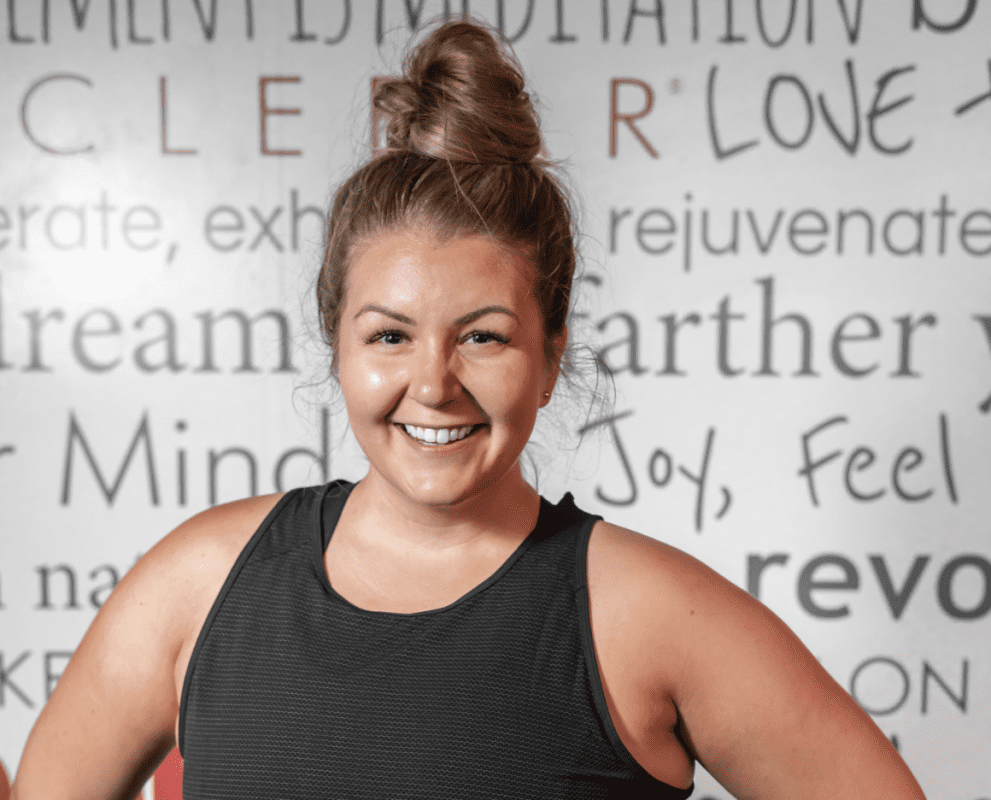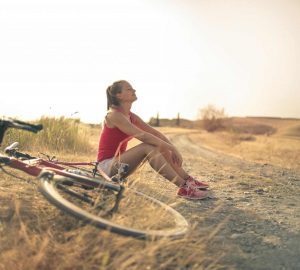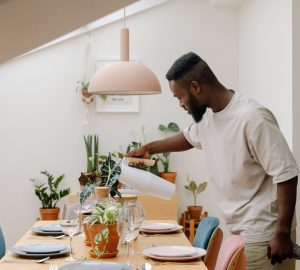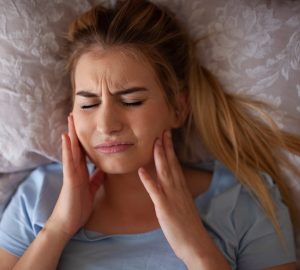The most meaningful thing someone can say to me is “because of you I didn’t give up.” I’ve heard that countless times in comments and messages over the years through my Instagram account, @its.healthy.chelsea, and in talking with my riders and community after teaching classes at Cyclebar Windermere. It resonates so strongly with me because since 2015 I’ve strived to show another side of the fitness industry – one where instructors and fitness influencers don’t necessarily align with the mold that society has created for what healthy looks like and the ideal “fit body”.
When I started my health journey in 2015, I created an Instagram account to hold myself accountable to the program I was doing at the time and the online community it had. It was a 12 week guidebook, mainly cardio and bodyweight/strength training exercises, and I wanted a place to have before and after photos to document my progress, and connect with like-minded individuals trying to do the same. There was one thing I noticed though – on all the “transformation photos” being shared and featured, there were never girls that I could see myself reflected in. I was 230+ pounds, clueless but committed, and wasn’t simply a girl trying to “get abs”. I wanted to make sustainable behaviour changes to make healthy living a lifestyle.
As I scrolled through the app and saw girl after girl featured with a defined core, it became my personal mission to document my journey in order to become the “every girl” that someone else could see themselves in. It was like certain bodies were being rewarded for being more lean than others, when the accomplishments of the larger person were being dismissed. I’d argue that it required a lot more determination and strength to move my body when I was at my heaviest, yet representation of that figure online was (at the time) next to nowhere. My personal belief is that anyone can live a healthy, happy, and active life regardless of size, shape, injury, income, or circumstance. And so, It’s Healthy Chelsea was born to prove to everyone that if I could do it, they could too. I was doing it right alongside of them!
Over the last 4 years, my weight has fluctuated as my training styles have fluctuated. I’ve dealt with a nagging long term injury and have had days where my motivation has gone out the window. I think that is why I’ve been able to connect with so many people – those are all real things we deal with on a day-to-day basis. Whether it is through online conversations, or the in-person ones, my conversations are often centered around how thankful they are that I’ve been so open in sharing my journey online. I’ve used Instagram as a place for me to normalize my feelings, share my struggles, grow through my challenges, and make meaningful interactions with people from around the world. I think humans innately want to know that they are not alone in their experiences, and Instagram and social media have allowed us to connect with people on a much deeper level than we could have imagined.
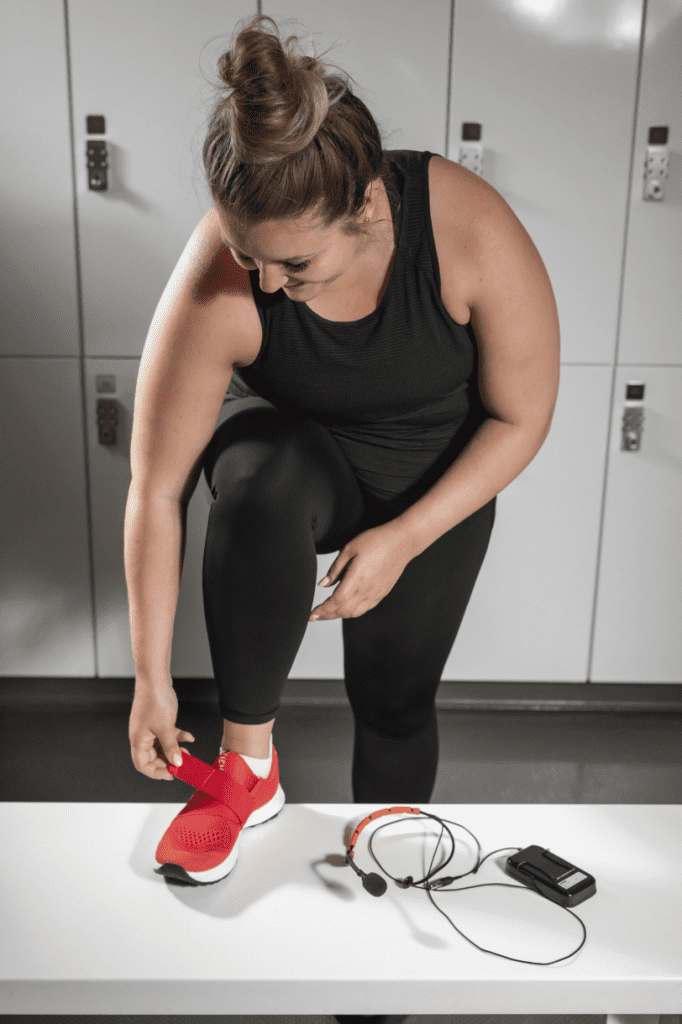
However, there are also negatives to expressing such progressive views of health and fitness. In June, Nike unveiled plus sized mannequins at their London store that caused major controversy and discussion. The simple act of displaying mannequins representing a different body shape than the norm, wearing sports bras and leggings, removed barriers for an entire population that has been shamed for their body size for years. Of course, the internet had mixed reviews on it: Fat shaming women’s bodies, saying Nike is “normalizing obesity” and stating how Nike is showing “how bad you’ll look if you’re overweight and wear their clothes”.
Health cannot be defined by the size of clothing.
Let’s say that again for the people in the back: health is not equated to a letter printed on a tag on a garment of clothing.
It’s so important for me to be part of the conversation for change in the fitness industry, because there are still misconceptions of what “healthy” looks like, as evident in the backlash from the mannequins. At times this pursuit of mine has left me pretty vulnerable – I have been told I am too “big” to be an instructor, and that has definitely forced me to develop a thick skin and be resilient in the pursuit of my dreams. I have felt the nagging feelings of “imposter syndrome”, and felt I wasn’t good enough, or that I’d only be good enough if I was a smaller physical size. There are fitness apparel brands that perpetuate the lean stereotype and that only adds to the inner dialogue that you need to look a certain way to be respected or successful in this industry. It can be tough to navigate these messages and narratives.
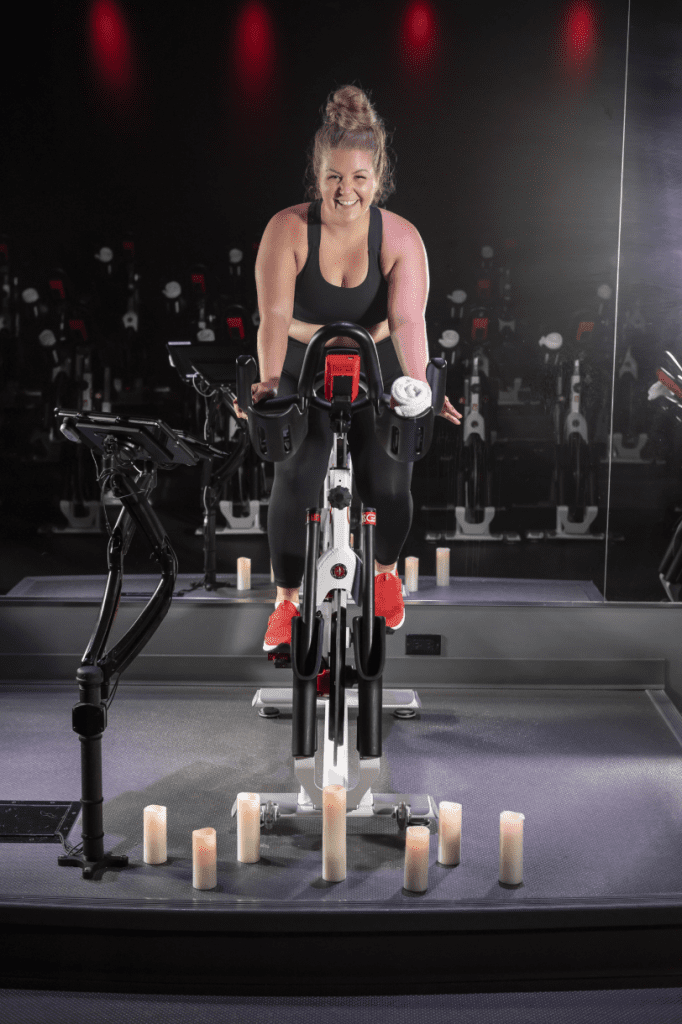
Being healthy and fit has NOTHING to do with your size or shape.
I want people to be able to see themselves represented in all bodies and shapes and fitness levels.
You don’t have to be “skinny” to be fit.
To have abs to be an instructor.
To be in the gym 7 days a week to be healthy.
I weigh just shy of 200 lbs. I wear a size Large and Extra Large. I have tummy pooch. I have a big ‘ol belly that wiggles and jiggles. BUT I also have a ton of muscle, can kick butt at cardio and stamina on a spin bike, am an instructor who works out in her sports bra (proudly!), and am still fit and healthy. My physical size has nothing to do with my fitness level.
I think fitness and wellbeing is more about challenging that inner dialogue that says you “can’t” and turning it into an “I can”. That looks different for every person, but I think the industry has come a long way in making inclusive environments for all fitness levels and abilities. Offering modifications as a standard part of fitness classes or yoga practices, encouraging people to take it at their own pace and build up the strength and stamina they need, and most importantly in my opinion, encouraging them to have fun, first and foremost, especially when they are starting out! When the focus changes from someone’s physical appearance to establishing sustainable behaviour changes to make an impact on their health long term, we all benefit. A healthy community is a happy, well-supported, and inclusive community.
By Chelsea Livingstone





